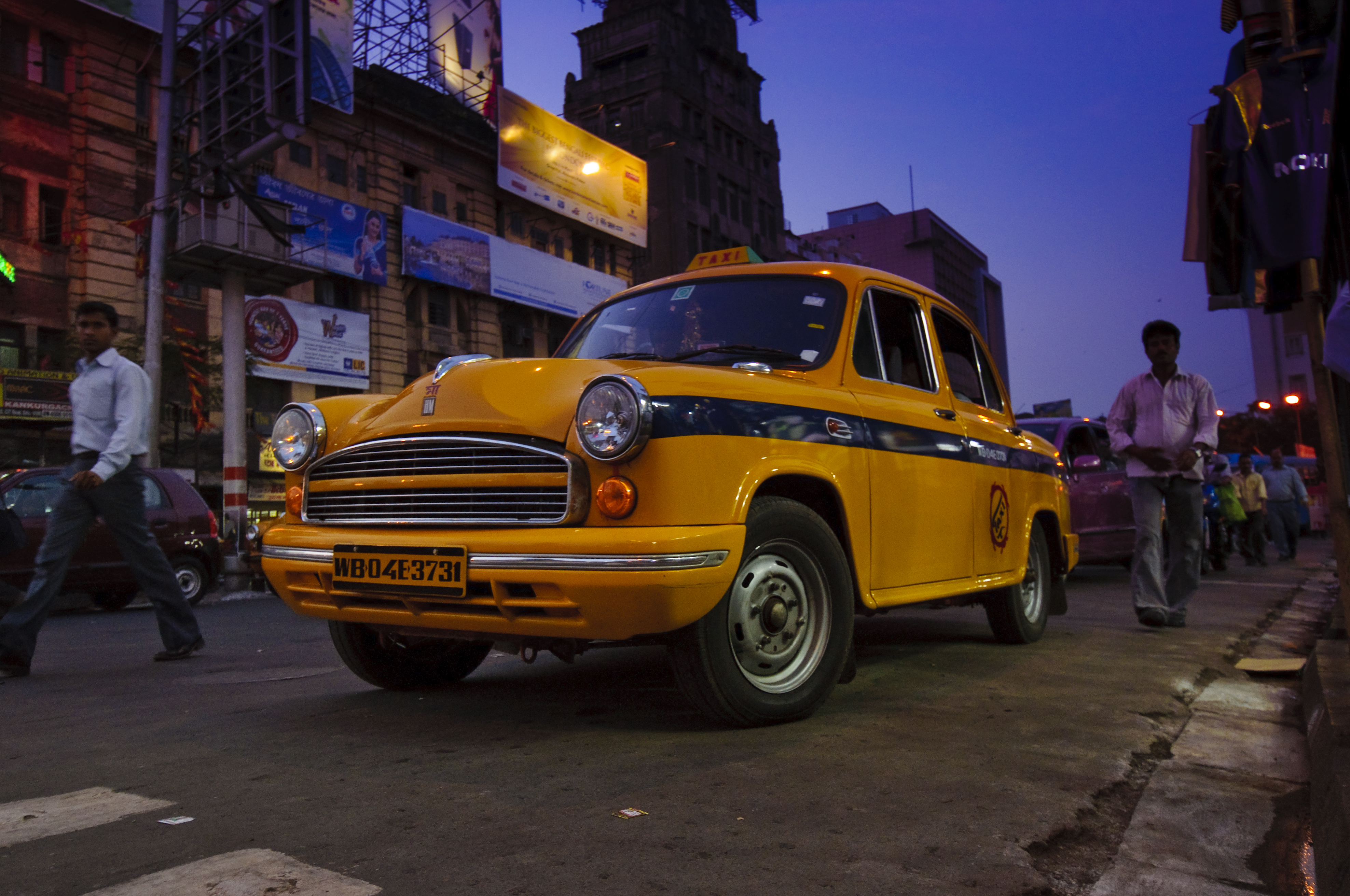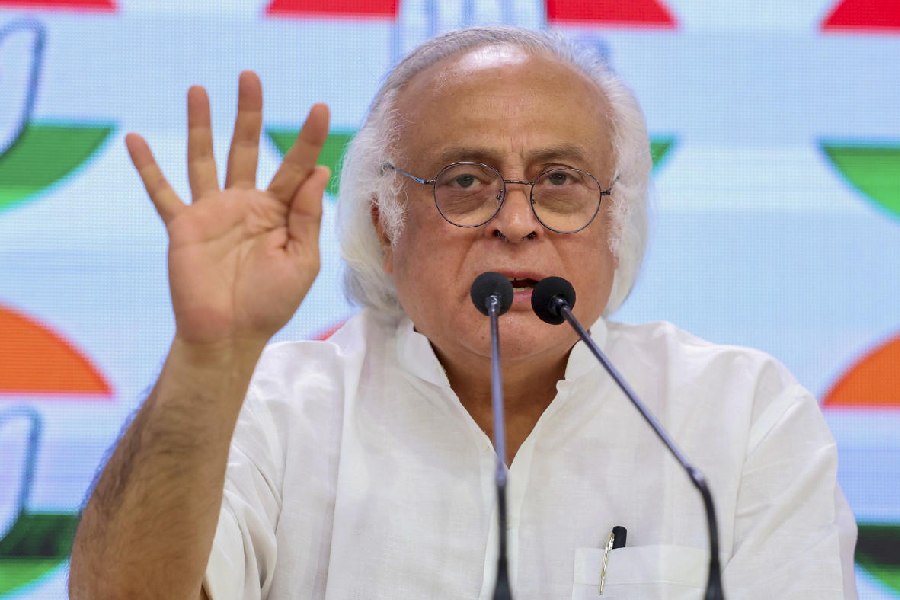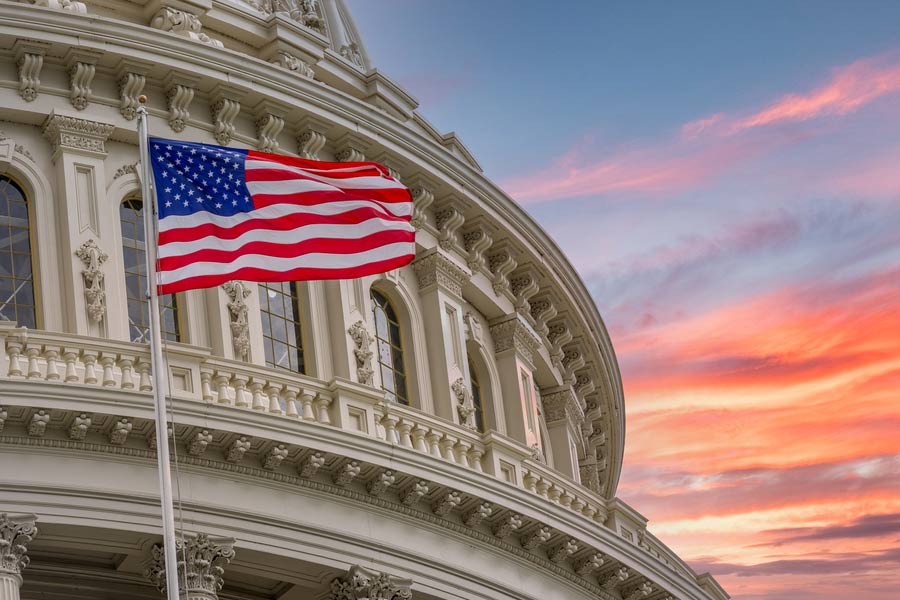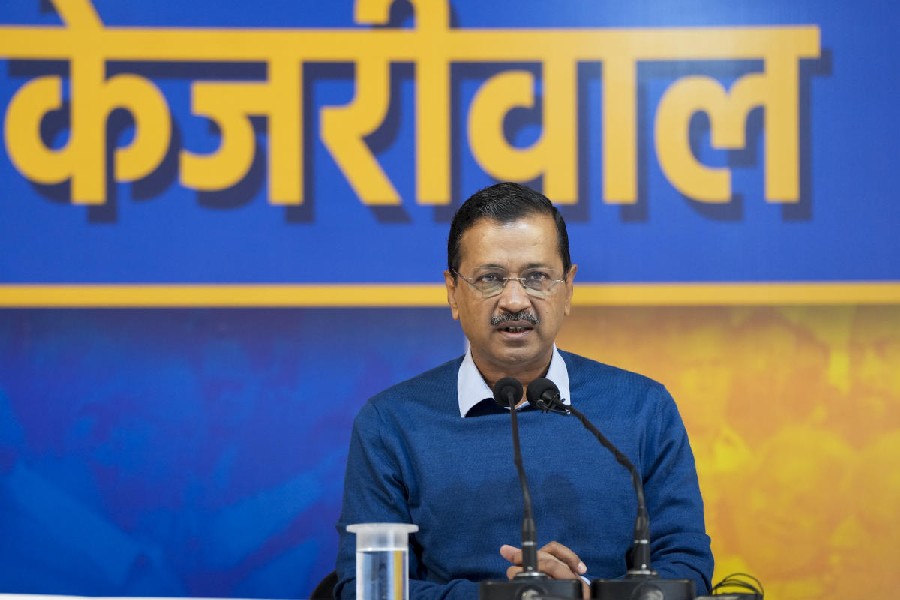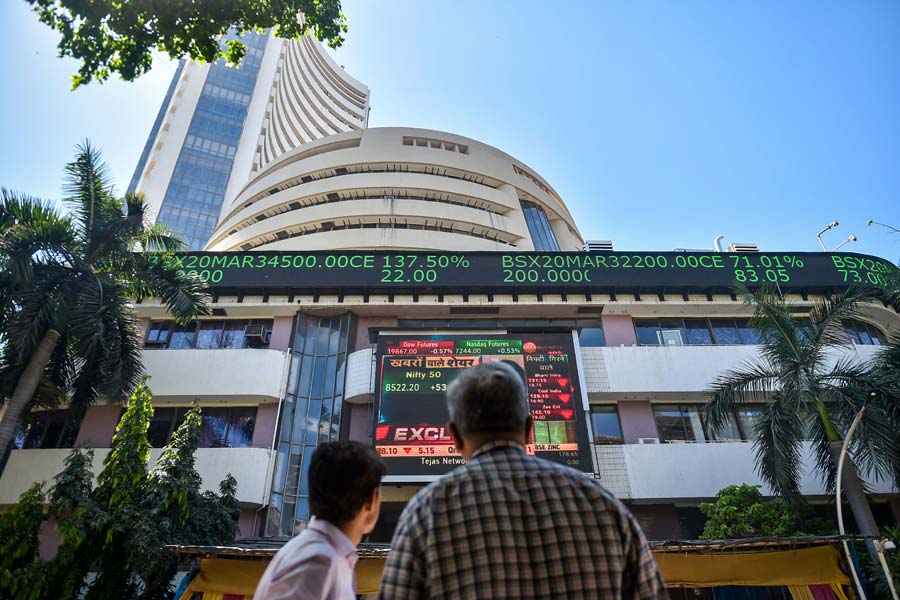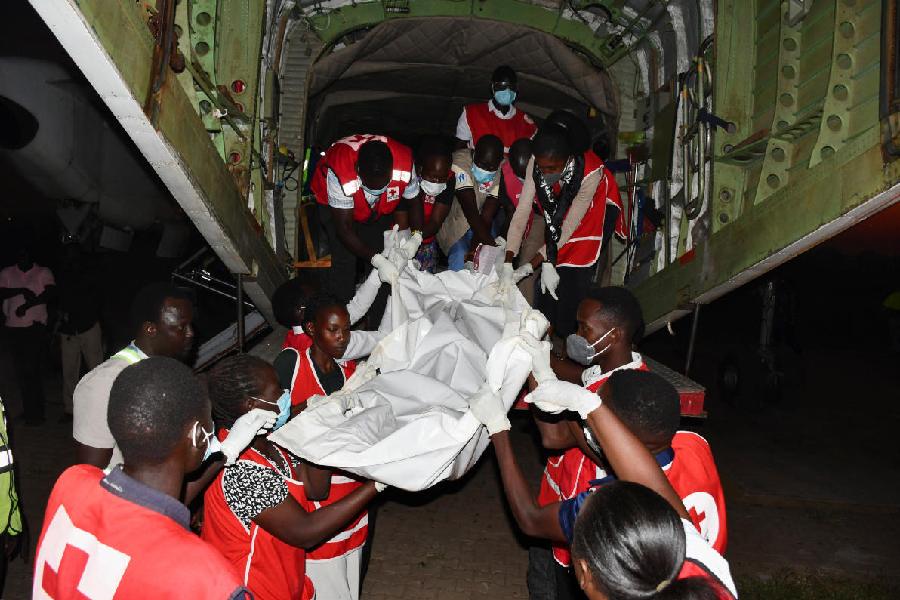The civic bodies of Calcutta and Howrah are trying to find more space to park cars.
Both the civic bodies will try to find more parking space and submit a report to the government by December 15.
Rajiva Sinha, chief secretary, recently held a meeting with PWD, civic, Calcutta Metropolitan Development Authority, and transport officials among others. It was decided that the “master plans” would have details of parking fees and new areas where multilevel parking lots can come up.
Between 2016 and 2018, the vehicle count in Calcutta has gone up by about 100,000, of which 68,000 are cars, a year.
The move will help bring down vehicular pollution that rises as cars move from one place to another in search of a parking space, an official in Nabanna said.
Each moving vehicle adds to pollution. Vehicular emission and “resuspension of road dust” are directly correlated to the amount of particulates in the air.
In Calcutta, there are 105 Calcutta Municipal Corporation-authorised “pay and park” lots, which accommodate around 9,000 cars. “This is way below the demand and it has resulted in parking on footpaths, though it is illegal,” a CMC official said. “We have been trying to work out a new policy on ways to generate more parking facilities in Calcutta since 2015.”
Finding a parking space remains a challenge in the central business district, Park Street, Camac Street, Middleton Street and Elgin Road during most part of the day, according to traffic police officers.
Motorists idling their engines is common on Rashbehari Avenue, SP Mukherjee Road, MG Road and Bidhan Sarani where on-road parking is allowed in designated places parallel to the footpath, an officer in Lalbazar said.
Since Sinha’s meeting at Nabanna, CMC officials have been trying to identify areas where off-road parking would be prioritised by building multilevel parking lots. The central business district, cultural and recreational centres, including multiplexes and stadiums, and rail stations are on the radar.
“We can find ways to encourage builders to go for multilevel parking lots. The Floor Area Ratio (FAR) can be relaxed for them,” a CMC official said. “Changes can be made in building regulations, too, so that parking requirements of visitors are factored in.”
The CMC will discuss the matter with Lalbazar before drawing up a master plan, the official said.
“While the CMC has a parking policy, we have nothing. A policy document was drawn up a few months ago,” Bijin Krishna, commissioner of Howrah Municipal Corporation, said. “We are now working on a detailed policy.”
The need to develop master plans for Calcutta and Howrah has sprung from the concerns of environmentalists who are worried about the worsening air quality during winter because of pollution.
The air quality worsens during winter because wind velocity is low and particles remain suspended in the atmosphere immediately above the earth’s surface for a long time and do not get dissipated, a pollution control board official said.

